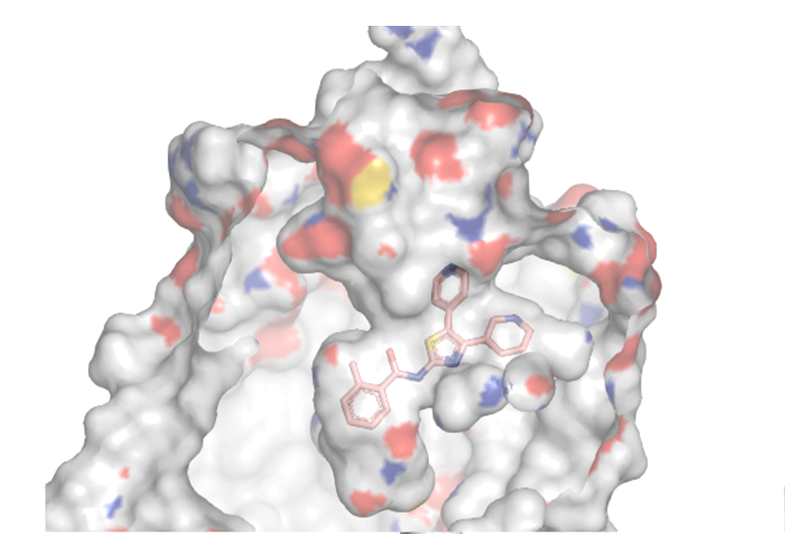Virtual and In-Vitro Search of New Ligands for Adhesion G Protein-Coupled Receptor (Short Report by Richard Schreiter; Jan. – April 2022)
I took part in the Max Kade Foundation exchange program as a part of my 6 months long diploma, an additional and optional degree when studying pharmacy. Prior to my diploma and my stay in Nashville, research experiences were barely existent, as the study program of pharmacy does not notably focus on that. However, before deciding to pursue a diploma in this field, I made two internships of two weeks each that gave me a rudimentary insight into the wet lab and computational work. Also, first contact with the research field of adhesion coupled G protein receptors (AGPCRs) occured during that time because one of my projects covered the determination of new ADGRG6 (GPR126) ligands.
The overall aim of my diploma was to determine new ligands for the receptor ADGRD1 (GPR133), a representative of the adhesion family of the AGPCRs that has shown clinical relevance for the growth of glioblastoma. Prior to my stay in Nashville, I tested multiple compounds in vitro for their activity on ADGRD1 in Leipzig and could determine a potential antagonist for the receptor. After that, my time in Nashville was fully dedicated to the computational work. The determined antagonist was used to refine an earlier-designed hypothetical model of the inactive receptor ADGRD1. For that purpose, multiple approaches to modify the models binding pocket according to the ligand were tested with great support from my supervisor. Ultimately my studies lead to a selection of multiple improved models, that then could be used for further studies. For instance, the resulting models were used to pursue in silico screening and select more potential antagonists, that then could be tested in the wet lab.
Overall, the exchange offered me the great opportunity to make initial and advanced research experiences in the best environment a lab could offer for computational work. Furthermore, it was enriching for both science and language to work in an international lab for a longer time.
Culturally, Nashville offered a tremendously attractive life. Having live music bars and restaurant at every corner, the evenings of the first weeks were spent doing nothing but visiting one venue after another. All in all, it was hard not to notice the role that Nashville plays in the music and especially country music industry of the US. However, besides music, Broadway and unnecessarily big cars, the most interesting cultural aspects of living in Nashville were the food and the overall spirit of the people. Speaking of first, it was hard to get around gaining some weight, as burgers, fries, BBQ, and beer played just as much of a central role in the American food culture as every stereotypical US movie illustrates it. The people in Nashville on the other hand were one of a kind in comparison to those in Germany: it has never been that convenient to start a small talk, meet new people, exchange phone numbers, and eventually make rather good contacts that you could with meet on a regular basis. Although the ever-present and intimidatingly small American small talk could regularly cause subtle frustration and sheer unpleasure to talk to people, the social experience was a rather flattering one overall.



